5 Migratory Birds to Photograph in The Chobe
5 Migratory Birds to Photograph in The Chobe

Woodland kingfisher © Sabine Stols
Quick links
Migratory Birds • Green Season • African Skimmer • African Pygmy Goose • Southern Carmine Bee-Eater
• Blue-cheeked Bee-Eater • Woodland Kingfisher • The Wider Migratory Spectrum • In conclusion
The Chobe National Park, a jewel in Botswana’s crown, is a photographer’s paradise. This sprawling sanctuary, situated in the country’s northeast corner, is known for its vast elephant herds and an abundance of wildlife. But beyond its famed mammals, Chobe is a vibrant hub for bird enthusiasts, particularly during the migratory season.

Rock Pratincole © Charl Stols
This diversity provides ample opportunities for capturing stunning bird images in their natural environment, photographing birds in flight making it an ideal destination for bird photography enthusiasts.
Here, we explore the spectacular avian visitors that make Chobe a premier bird photography destination.
Chobe National Park: A Haven for Birdlife
Chobe National Park, spanning an impressive 11,700 square kilometres, is Botswana’s third-largest national park. Its diverse landscapes range from lush floodplains and dense woodland to the meandering Chobe River.

Southern carmine bee-eater © Sabine Stols
This variety of habitats makes Chobe National Park a sanctuary for an array of wildlife and a remarkable variety of bird species, especially during the migratory season. The park’s proximity to the Zambezi River also adds to its allure, creating a convergence point for bird species from different regions.

European roller © Sabine Stols
This variety of habitats makes Chobe National Park a sanctuary for an array of wildlife and a remarkable variety of bird species, especially during the migratory season. The park’s proximity to the Zambezi River also adds to its allure, creating a convergence point for bird species from different regions.
Migratory birds are a fascinating group of avian species that undertake regular, seasonal journeys between their breeding and non-breeding grounds. These birds have evolved the remarkable ability to navigate over vast distances, often crossing continents and even oceans.
They undertake these long and arduous journeys in search of favourable breeding habitats, abundant food sources, or to escape harsh weather conditions.

Amur Falcon’s are some of the last migrants to arrive © Sabine Stols
As they journey, certain birds endure remarkable transformations. They shed up to 50% of their weight, shedding and renewing their worn flight feathers. However, a tragic fate awaits some of these weary travellers as they succumb to exhaustion. Migratory birds exhibit a wide range of migration patterns, with some species travelling thousands of kilometres each year.

Yellow-billed kite © Sabine Stols
They rely on various cues, such as celestial navigation, landmarks, and magnetic fields, to navigate accurately. These remarkable journeys play a crucial role in the ecological balance of different habitats, as migratory birds contribute to pollination, seed dispersal, and the control of insect populations.
However, migratory birds face numerous challenges, including habitat loss, climate change, and threats from human activities. Conservation efforts are essential to protect these incredible travellers and ensure their survival for future generations.
The green season in Botswana typically occurs from November to March. During this time, the landscape becomes lush and green due to the rains, and wildlife is more abundant. This provides a stunning backdrop for any photograph, bringing life and colour to the frame.
This season coincides with the migration of wildlife, including large herds of herbivores like wildebeests and zebras. It creates incredible photo opportunities as photographers can capture the animals grazing in lush surroundings or crossing rivers.
As it is the off-peak tourist season, photographers visiting Botswana in the green season can enjoy more peaceful and intimate encounters with wildlife. There are usually fewer vehicles and crowds, allowing photographers to have uninterrupted views and capture unique moments.

The Black Herons appear later in the year along the Chobe © Sabine Stols
Botswana’s green season is a bird enthusiast’s paradise. Thousands of migratory birds flock to the wetlands, making it an ideal time for bird photographers. From the colourful feathers with their social habits to the elusive water birds, there are endless opportunities to capture stunning bird photographs.

African Golden Weaver nesting in the green season © Sabine Stols
Travelling during the green season often means lower rates for accommodation and safari packages. This makes it more budget-friendly for photographers, allowing them to stay for longer periods and focus on capturing the perfect shot.
We spoke to the Pangolin Photo Hosts’ to find out their top five migratory birds to photograph during the green season, and these were their resounding best of the best.
The African Skimmer is synonymous with the Chobe River. Arriving around May, these birds are a spectacle, with their unique lower mandibles skimming the water to catch fish.
In the late afternoons, their silhouettes create a photographer’s dream scene against the setting sun. Their nesting on the river’s exposed sandbanks offers a rare chance to document their lifecycle intimately.

African Skimmer © Charl Stols
Many photographers find their unique bill and distinctive flight patterns to be particularly interesting and captivating. The African skimmer’s long, slender bill and its habit of skimming the water’s surface while in flight can make for visually striking and dynamic photographs. Additionally, capturing their interactions with other skimmers or their reflections on the water can also result in compelling images.

African Skimmer © Charl Stols
The African Pygmy Goose is one of the smallest species of ducks in the world, measuring only about 25 centimetres in length. Its small size sets it apart from other waterfowl species. The diminutive African Pygmy Goose, with its exquisite plumage, adds a splash of colour to Chobe’s waterways.
Though small, they present a big opportunity for photographers to capture their delicate beauty amidst the vast landscapes of the park. These birds favour the quieter backwaters and lagoons, making every sighting and photograph a cherished moment.

African Pygmy Goose © Sabine Stols
The male African Pygmy Goose has a striking appearance with a combination of vibrant colours. It has a glossy green head, a white face, and a chestnut-coloured body. The female, on the other hand, has a more subdued plumage with a brownish-grey colouration.

African Pygmy Goose © Sabine Stols
These geese are known for their interesting breeding habits. They often form monogamous pairs and build nests in tree cavities or abandoned nests of other birds. This nesting behaviour is quite different from many other waterfowl species that typically nest on the ground, which photographers can feast on with their camera lenses.

African Pygmy Goose © Sabine Stols
The arrival of the Southern Carmine Bee-Eater is an event in itself. These social birds are known for their long-distance migration from southern Africa to equatorial Africa during the non-breeding season. They travel in large flocks and can cover thousands of kilometres during their annual migration.

Southern Carmine Bee-eater © Charl Stols
This behaviour ensures access to abundant food sources and suitable nesting sites. These vibrant birds migrate from Central Africa to breed in Chobe. Their communal nests on the riverbanks are a hive of activity, which makes photographing them as they interact, feed, and care for their young offers a vivid portrayal of life along the Chobe River.

Southern Carmine Bee-eater © Sabine Stols
Complementing their Carmine relatives, the Blue-Cheeked Bee-Eaters are another highlight of Chobe’s birding scene. Their agile and swift flight as they hunt insects over the water is a mesmerising sight. Capturing these moments requires skill and patience, but the resulting images are a testament to the dynamic nature of these avian acrobats.

Blue-cheeked Bee-eater © Charl Stols
Photographers can capture stunning shots of Blue-Cheeked Bee-Eaters in flight, perched on branches, or engaging in their colourful courtship displays. The vibrant blue and green plumage of these birds against natural backdrops makes for beautiful photographs.
Additionally, close-up shots of their intricate and striking facial markings can also be quite captivating.

Blue-cheeked Bee-eater © Sabine Stols
The Woodland Kingfisher, with its striking blue and white plumage, is a seasonal highlight in Chobe National Park. Their distinctive calls fill the air, heralding the arrival of summer.

Woodland Kingfisher © Charl Stols
These birds, preferring the dense woodlands, offer a contrast to the riverine species, adding to the diversity of photographic opportunities in the park. Their remarkable acrobatic hunting skills, striking appearance, and lively behaviour make them a favourite subject for birdwatchers and photographers alike.

Woodland Kingfisher © Sabine Stols
Beyond these five species, Chobe’s skies and landscapes are graced by other migrants, each playing a role in the park’s ecological tapestry. The Yellow-Billed Kite’s migratory season offers photographers the opportunity to capture images of these birds in flight, showcasing their elegant and agile aerial manoeuvres. Additionally, their distinctive yellow bill and forked tail make for captivating close-up shots, especially against a clear blue sky.

Yellow-billed Kite © Charl Stols
Wahlberg’s Eagles, diverse cuckoos, and various harriers offer photographers the opportunity to shoot diverse bird species with unique features and behaviours.
Wahlberg’s Eagles showcase impressive hunting flights, diverse cuckoos exhibit a range of plumage patterns, and various harriers display their distinctive hunting strategies. These birds provide photographers with a rich variety of subjects and behaviours to capture.

Levaillant’s Cuckoo © Sabine Stols
Photographers enjoy capturing Palearctic waders like the Ruff and Greenshank due to their striking breeding plumage, intricate courtship displays, and the dynamic environments they inhabit. This provides photographers with opportunities to capture vibrant and engaging images of these captivating birds in their natural habitats while adding to the park’s ornithological richness.

Ruff © Charl Stols
Chobe National Park is more than just a destination; it’s an experience. It is a canvas where nature paints its masterpieces season after season, while wildlife photography enthusiasts get the honour of documenting each amazing nature-inspired story the park has to offer.
The resilience of the African Skimmer, the elegance of the African Pygmy Goose, the vibrant community of the Carmine Bee-Eaters, the agility of the Blue-Cheeked Bee-Eater, and the melodious presence of the Woodland Kingfisher are all visuals to marvel at.

African Pygmy Goose © Janine Krayer
At Pangolin Photo Safaris, we understand the essence of these experiences. Our photographic safaris, guided by experienced photo hosts, are designed to bring you closer to these magnificent birds, ensuring that every click of the camera captures a moment of Chobe’s magic.
Whether you’re a seasoned photographer or a budding enthusiast, Chobe’s migratory birds offer an endless array of moments waiting to be immortalised through your lens. Join us on this journey of discovery, where each safari is not just a trip but a chapter in your photographic journey.
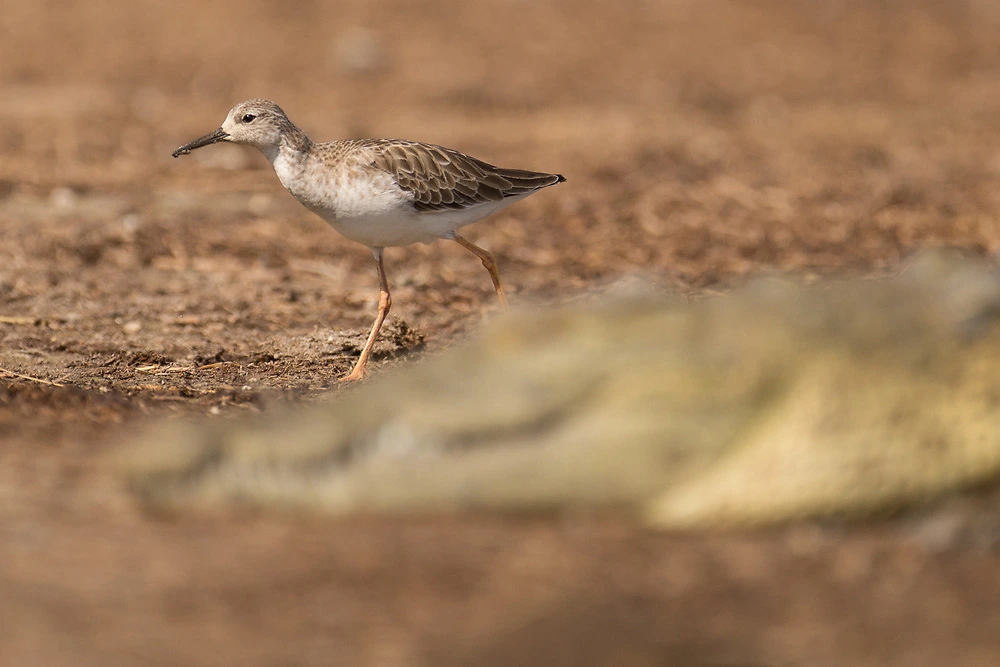
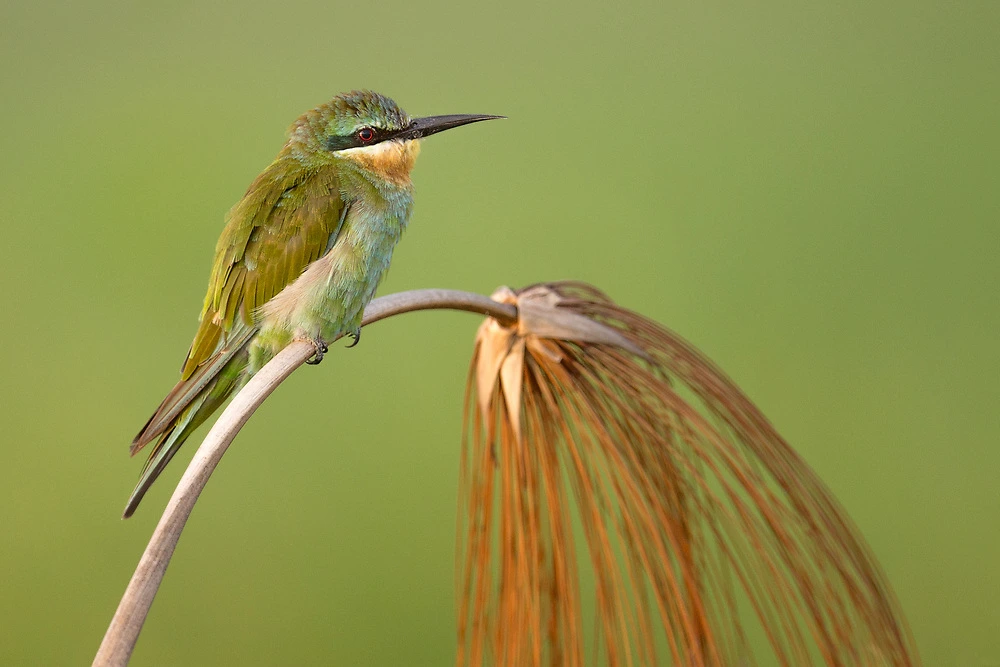
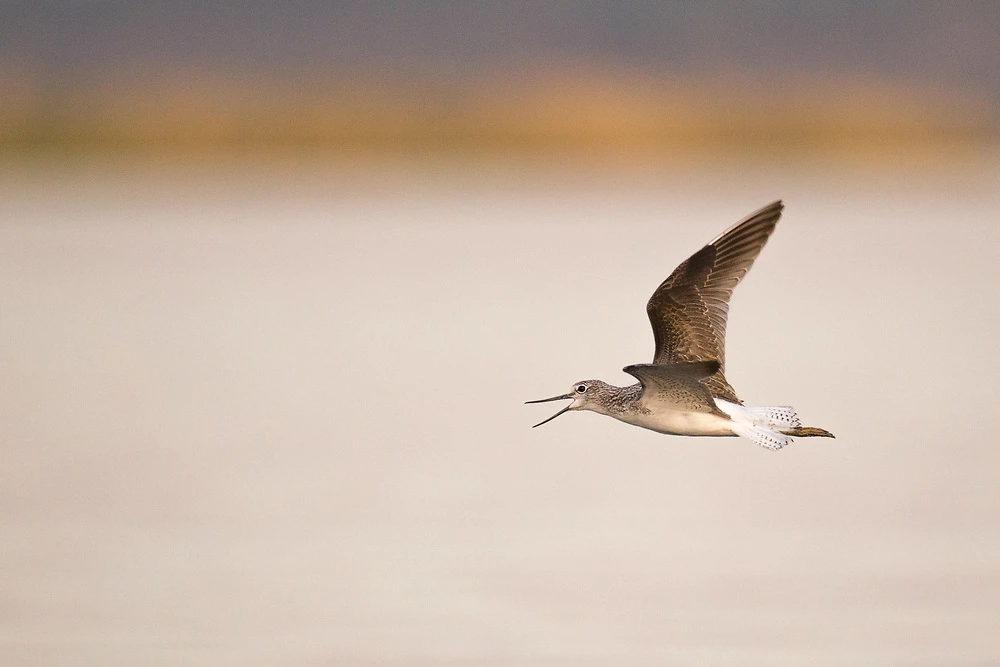
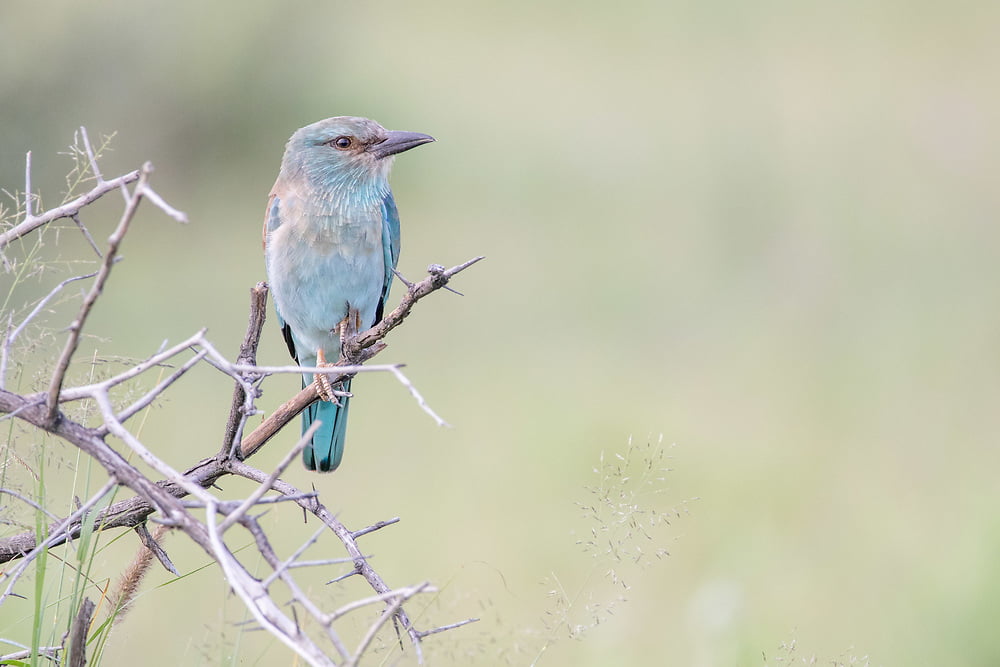

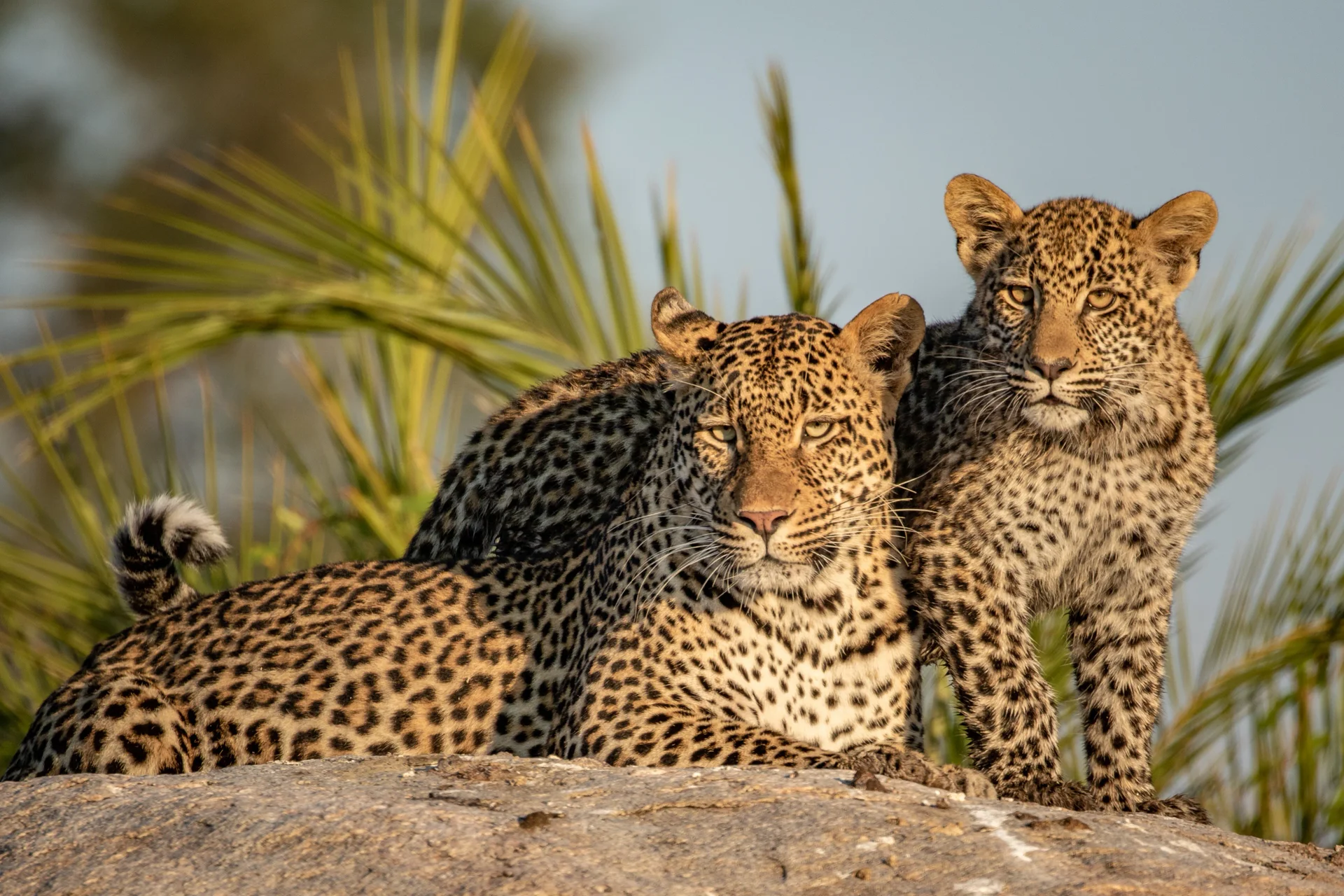
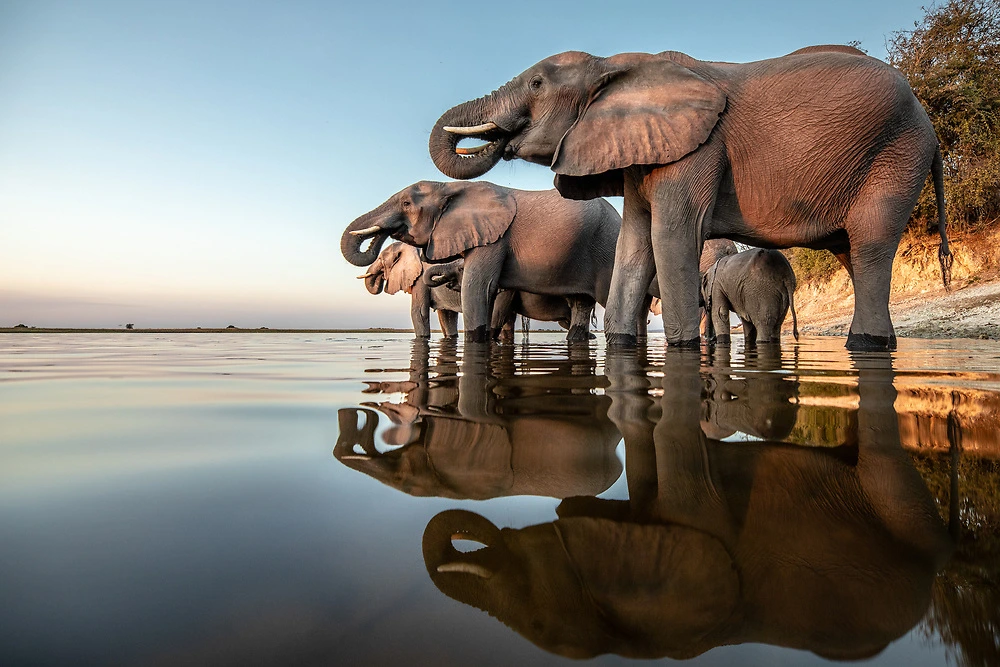
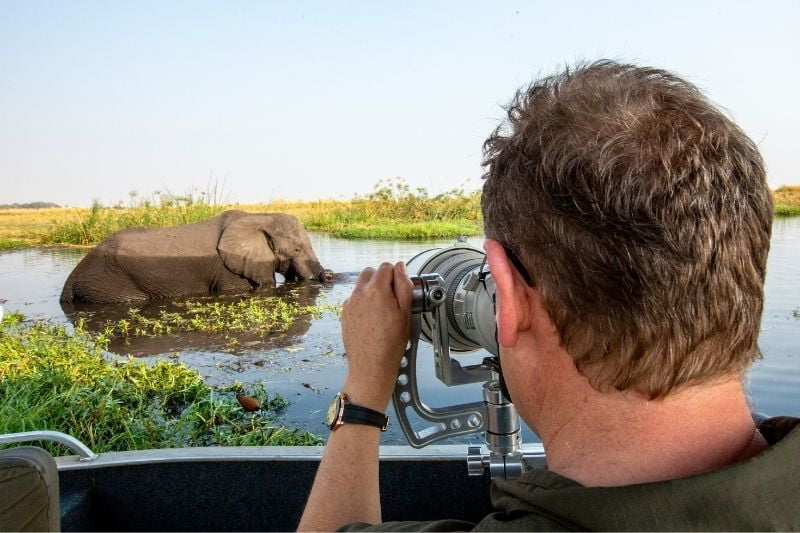
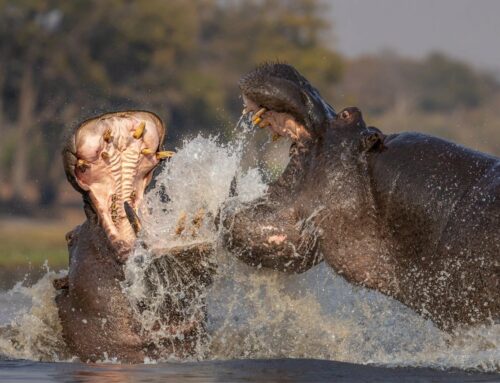
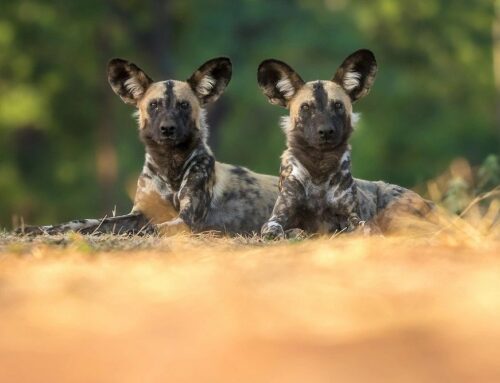
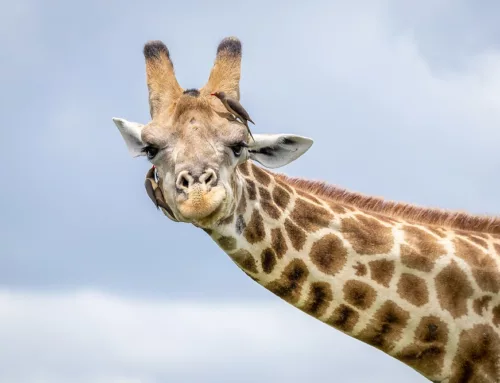
Leave A Comment
You must be logged in to post a comment.